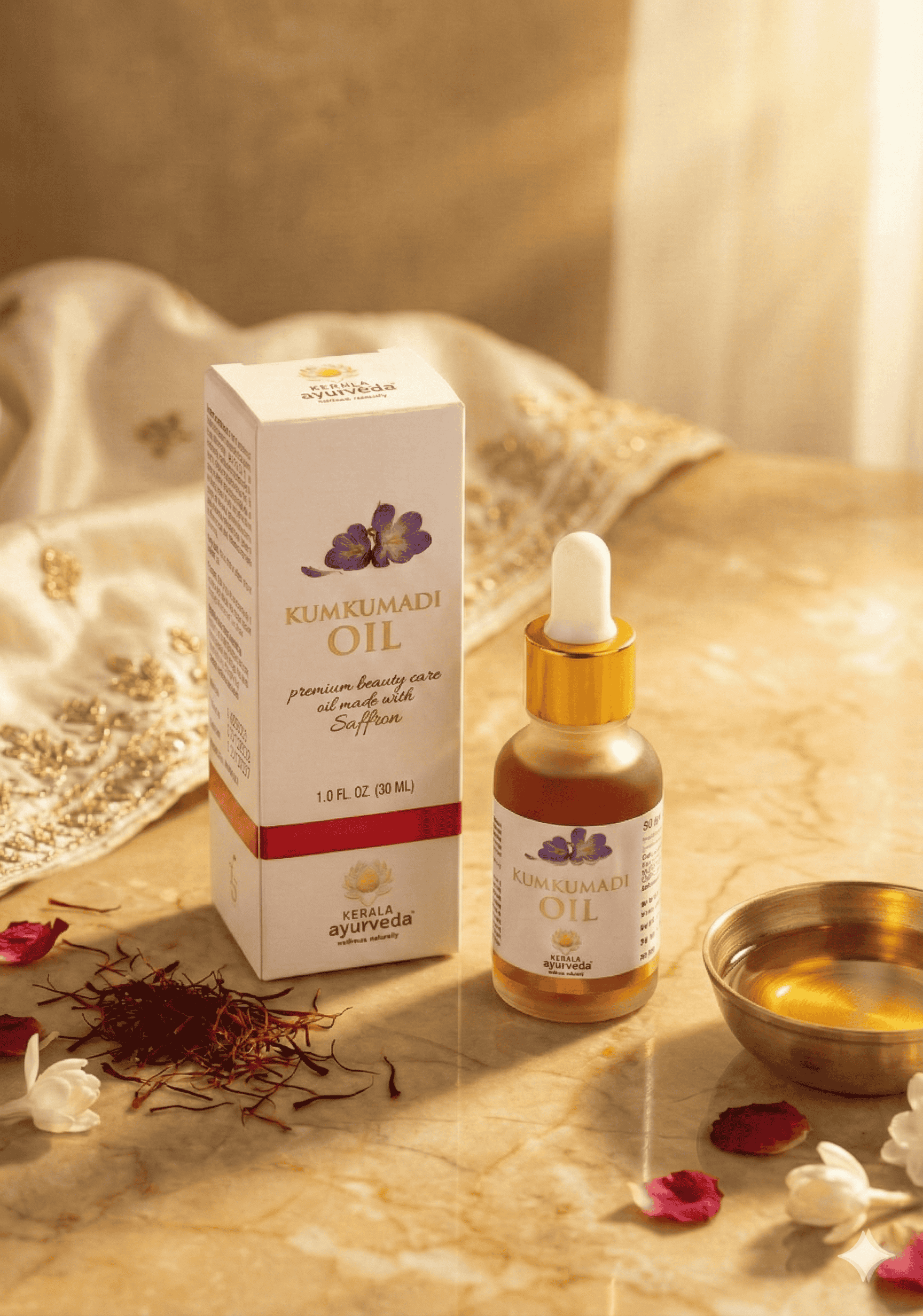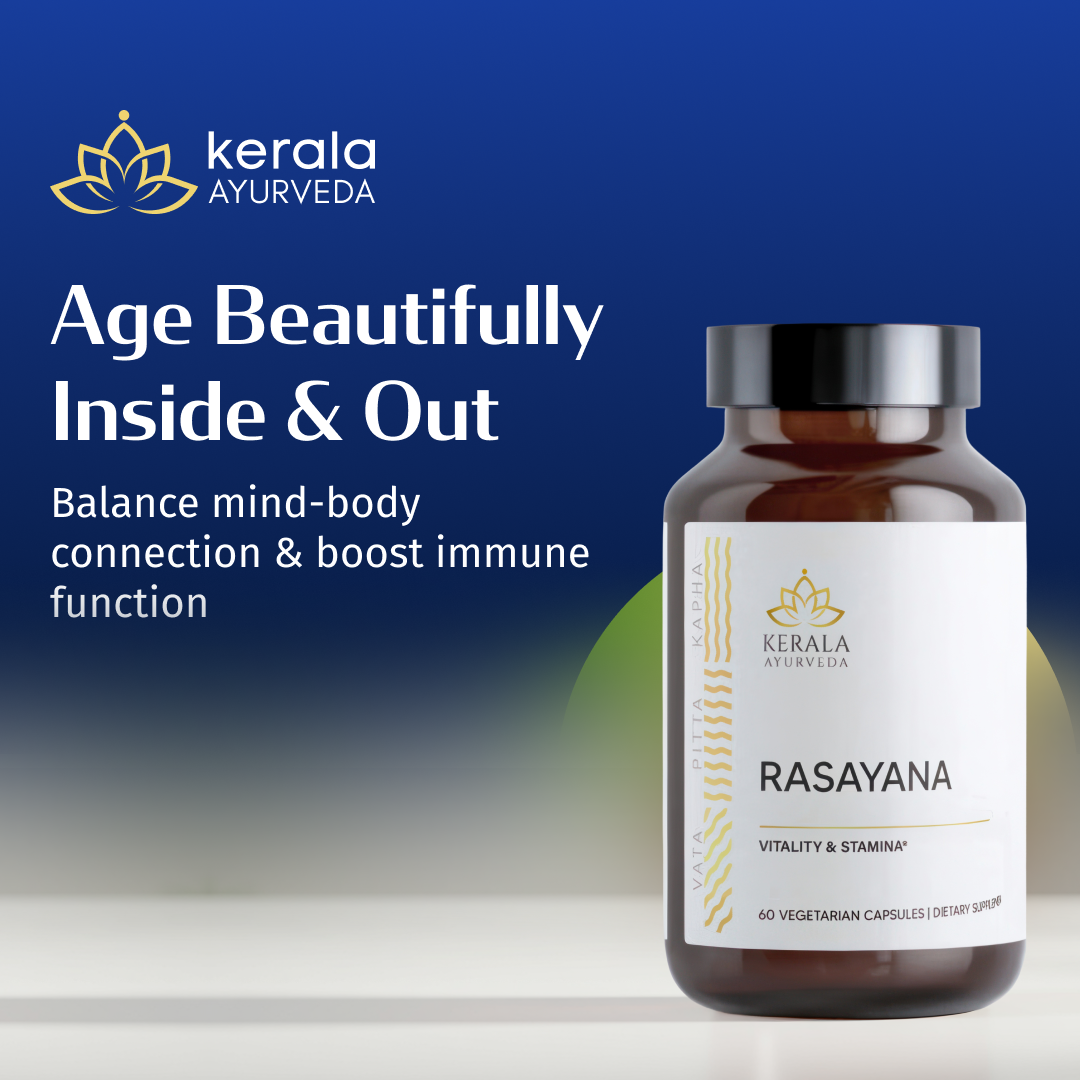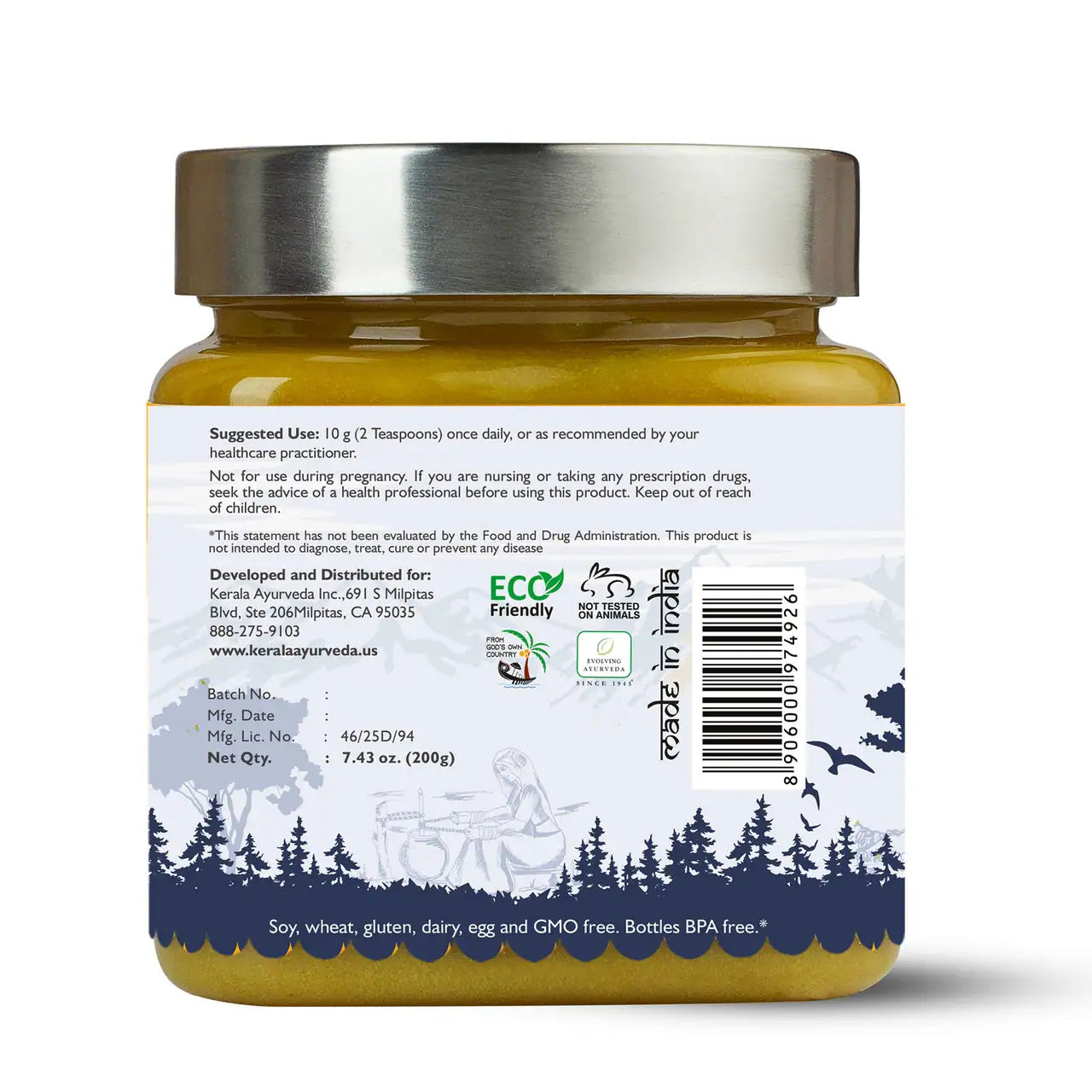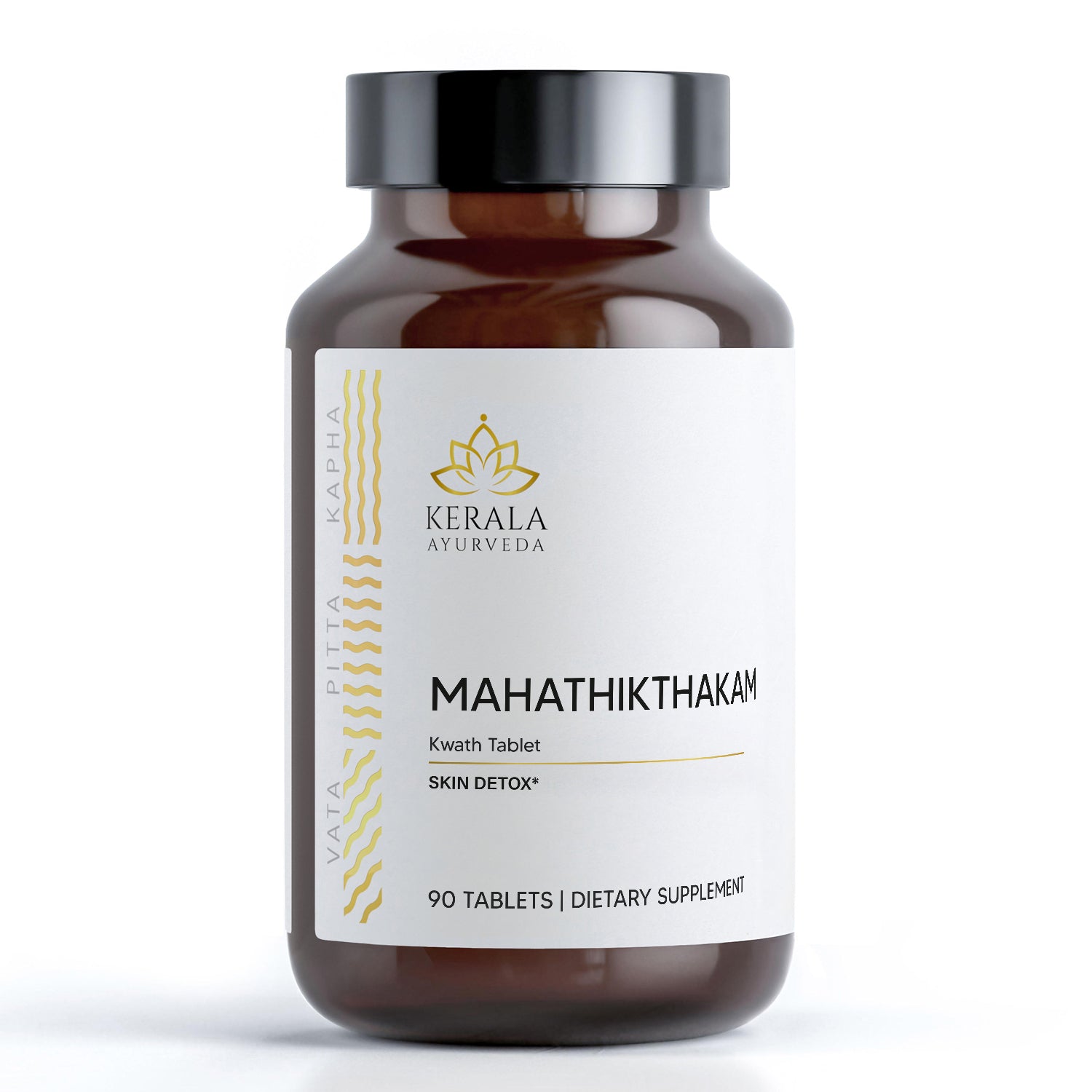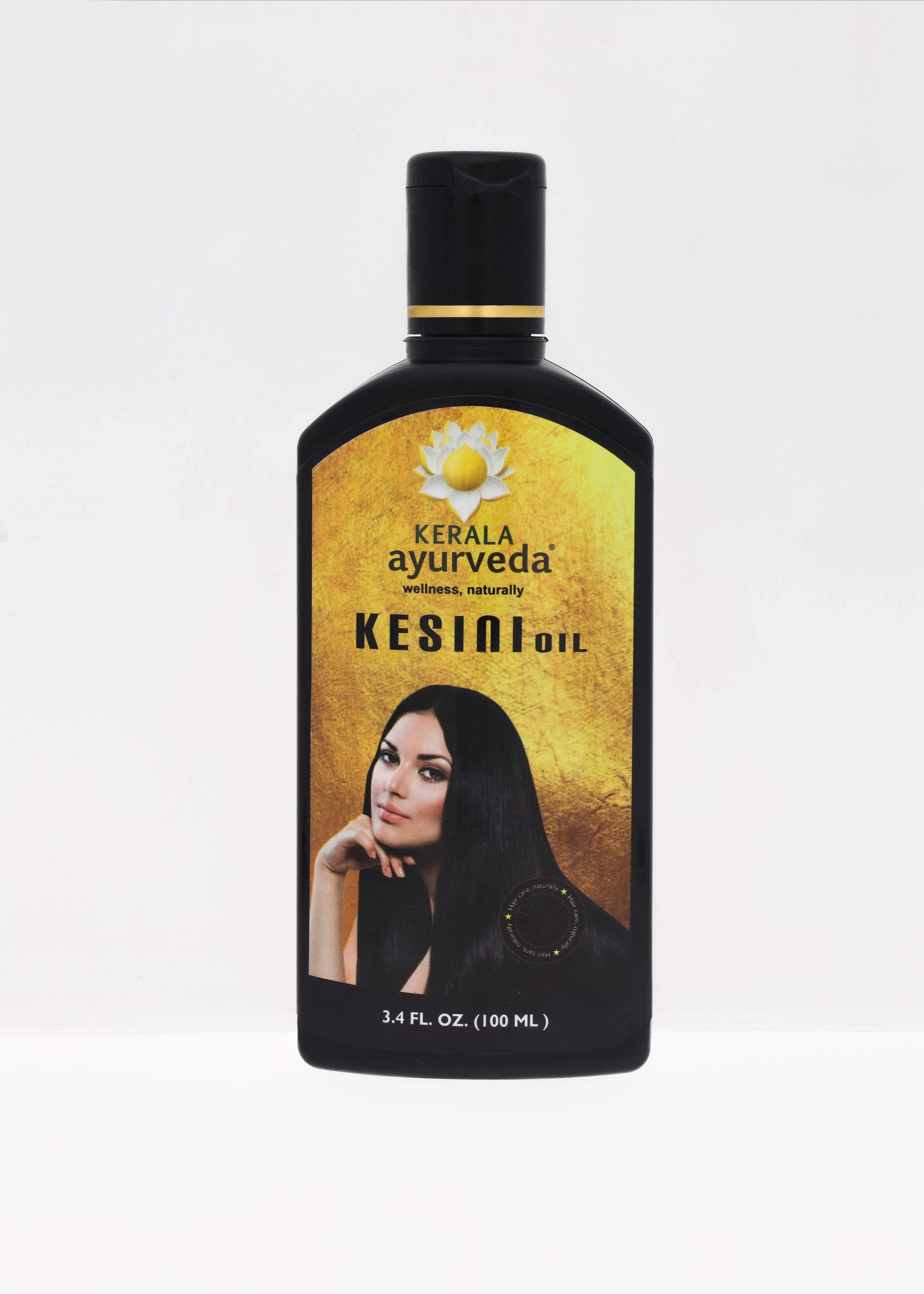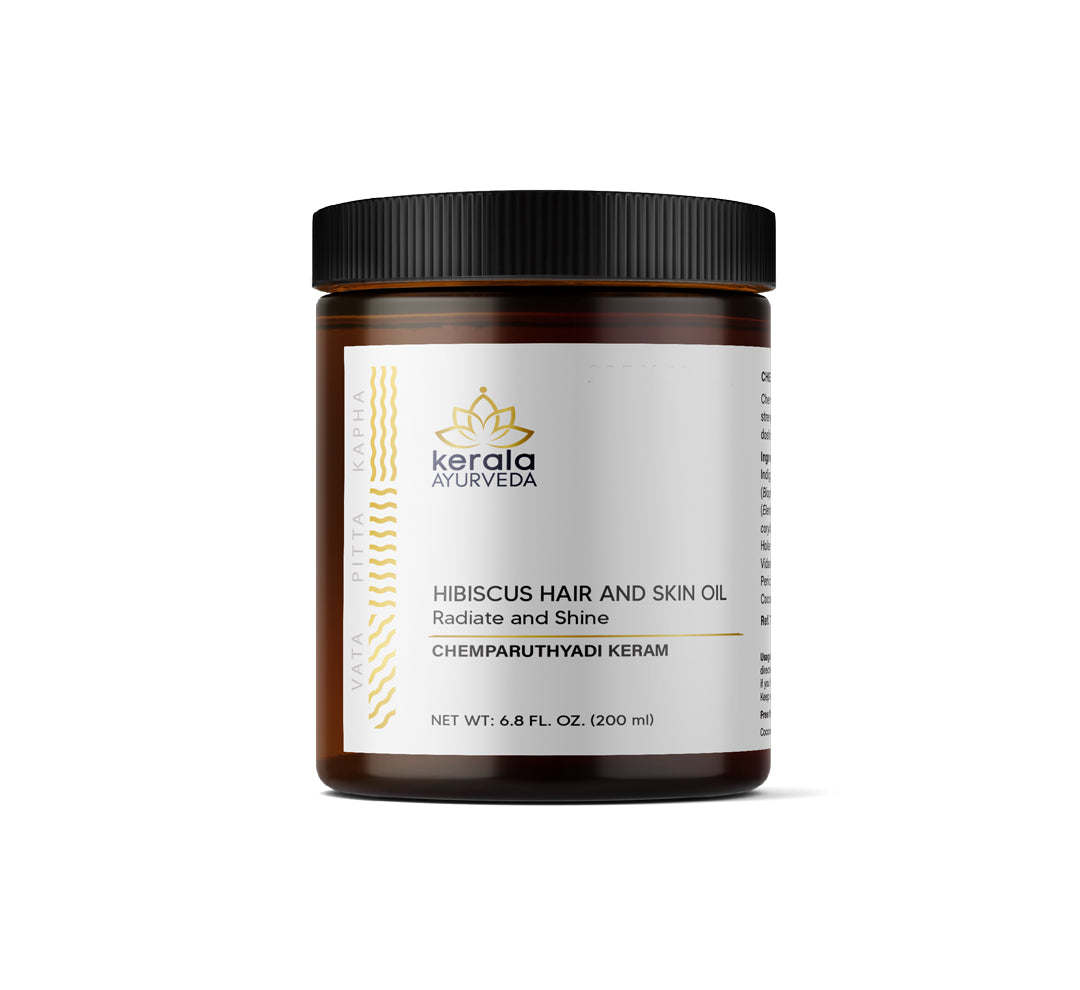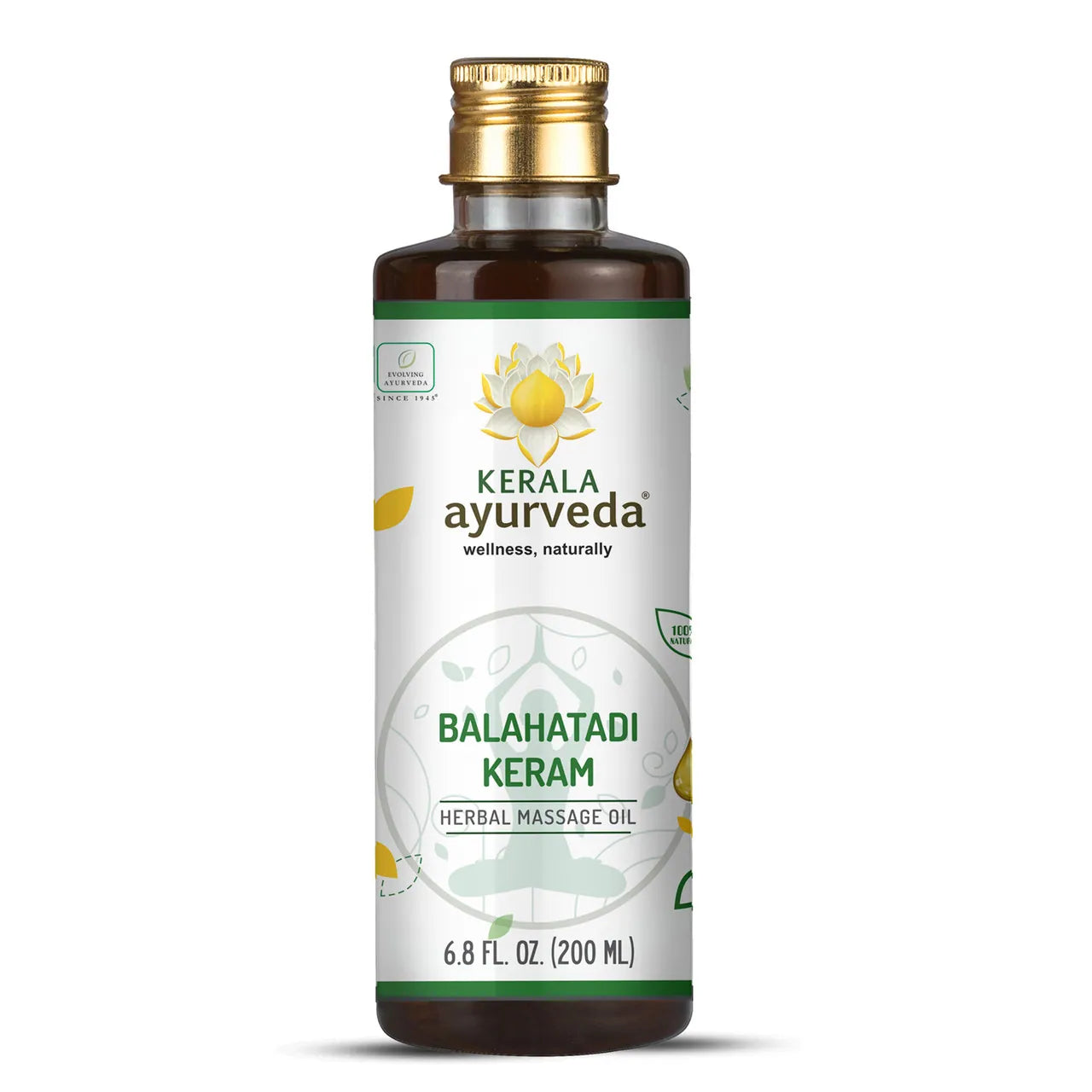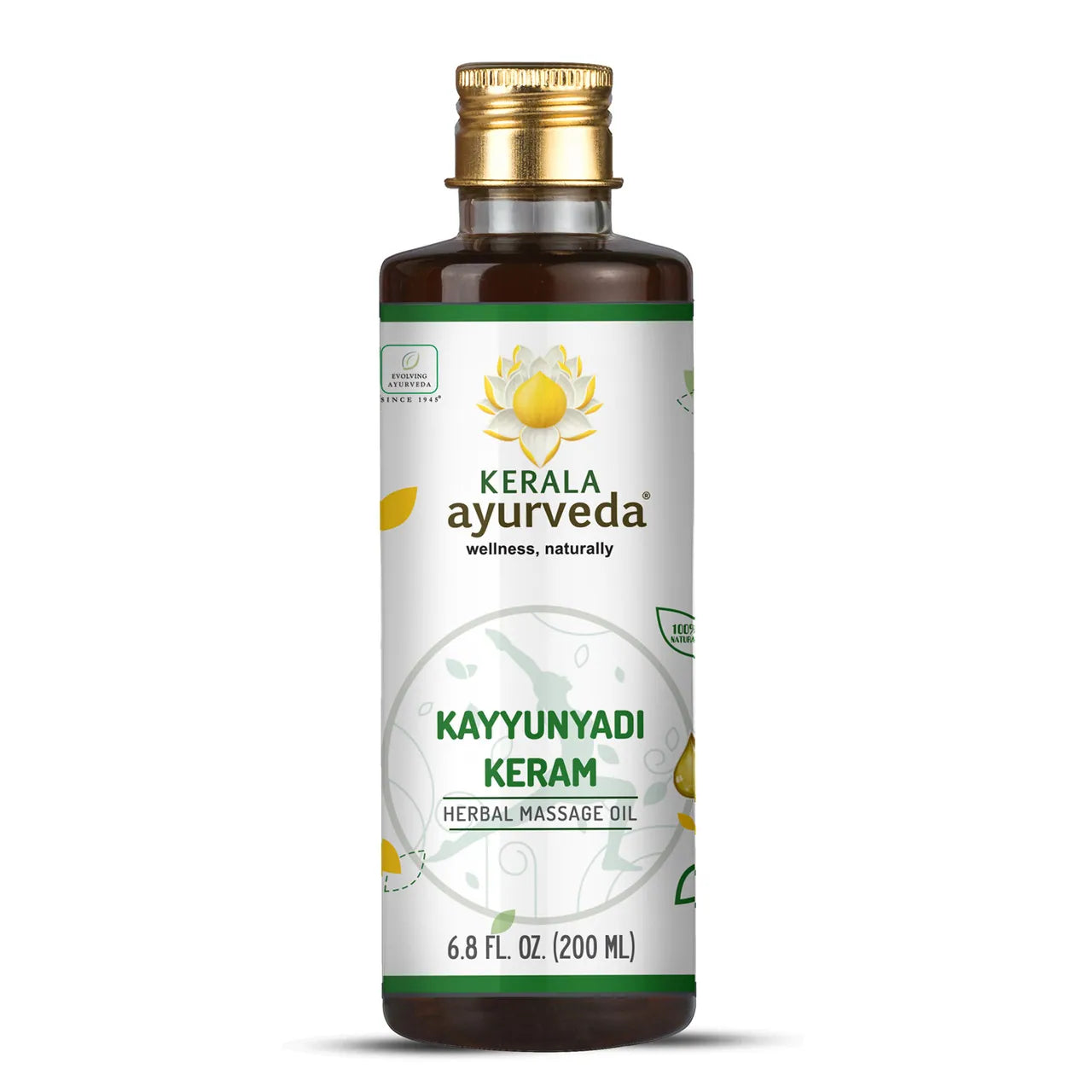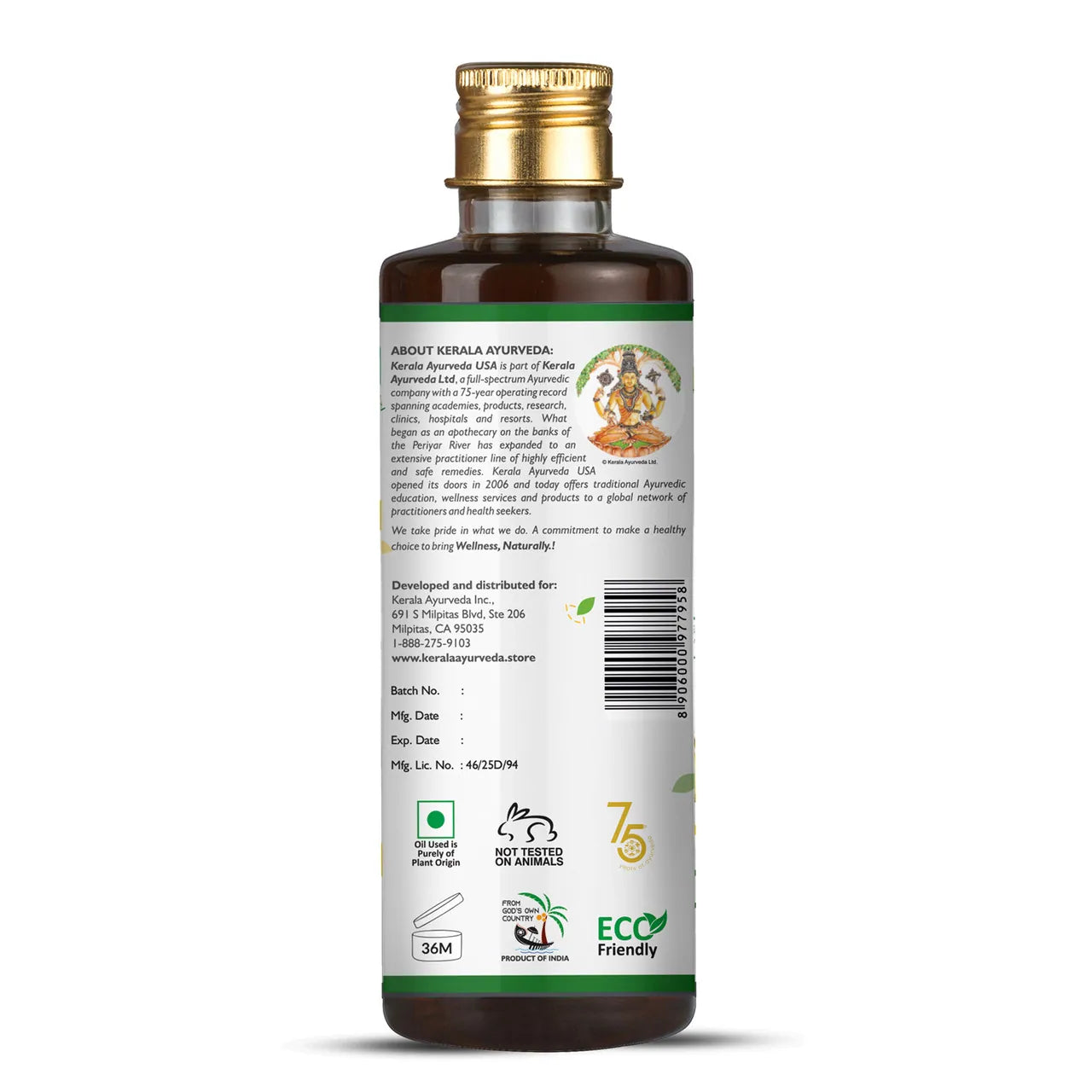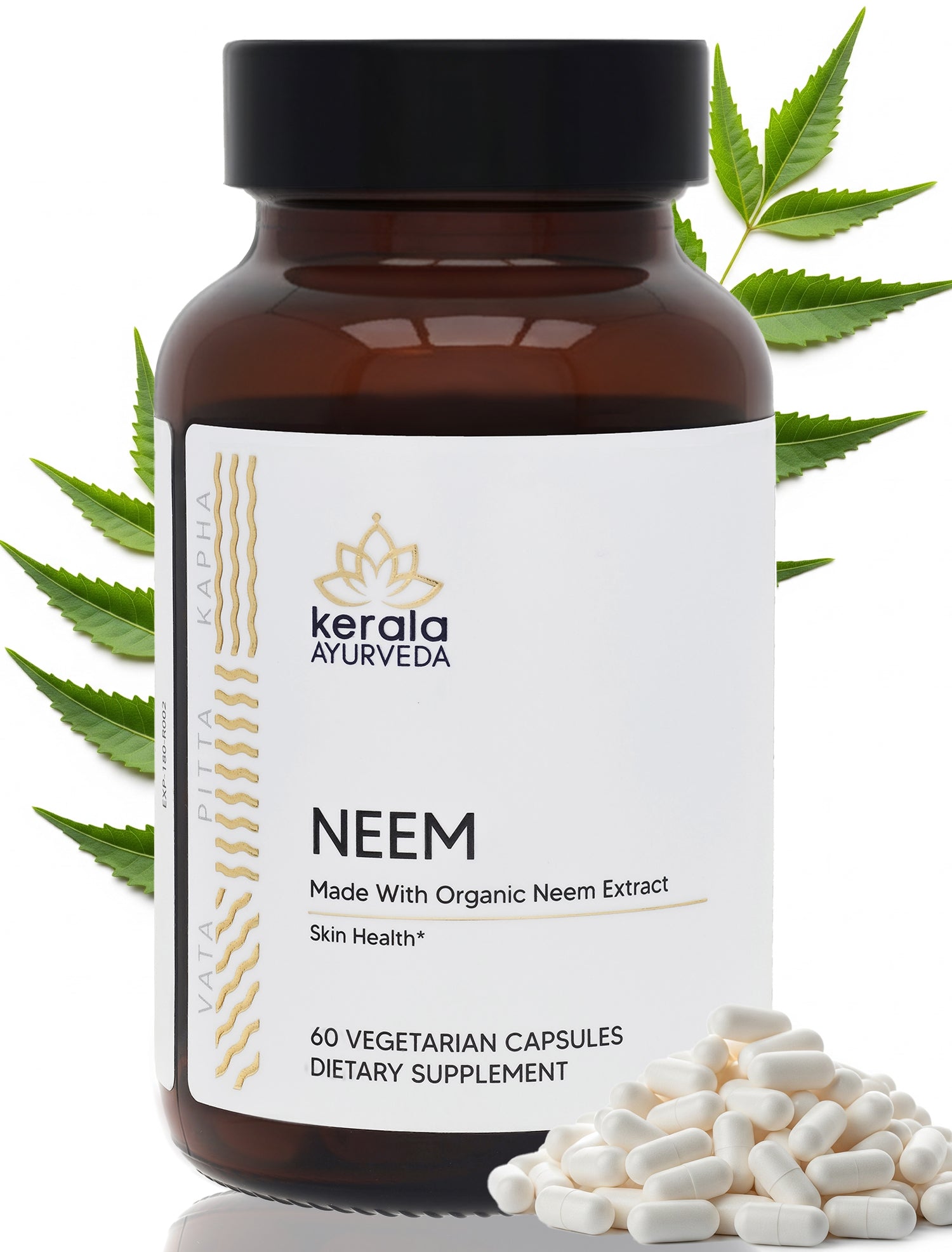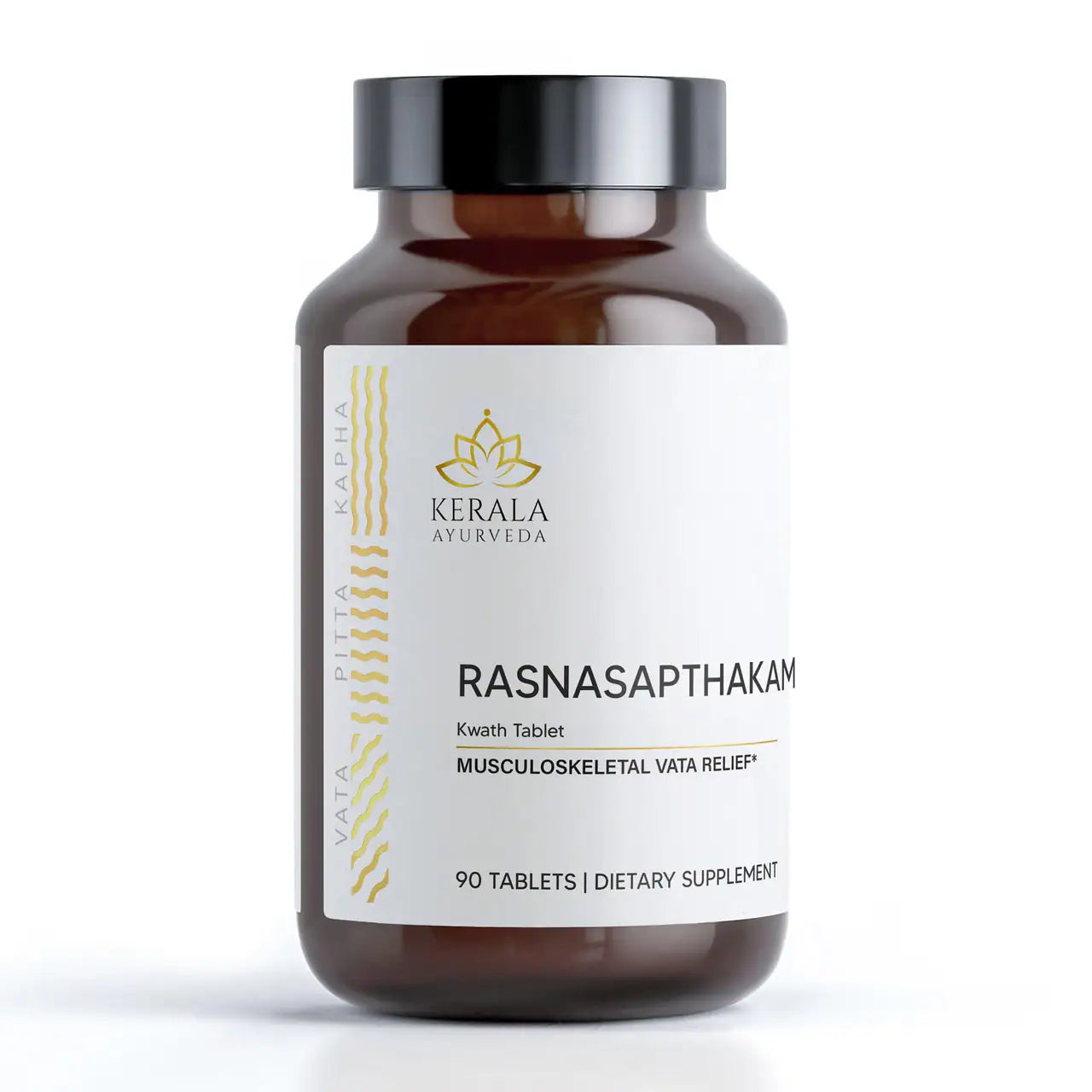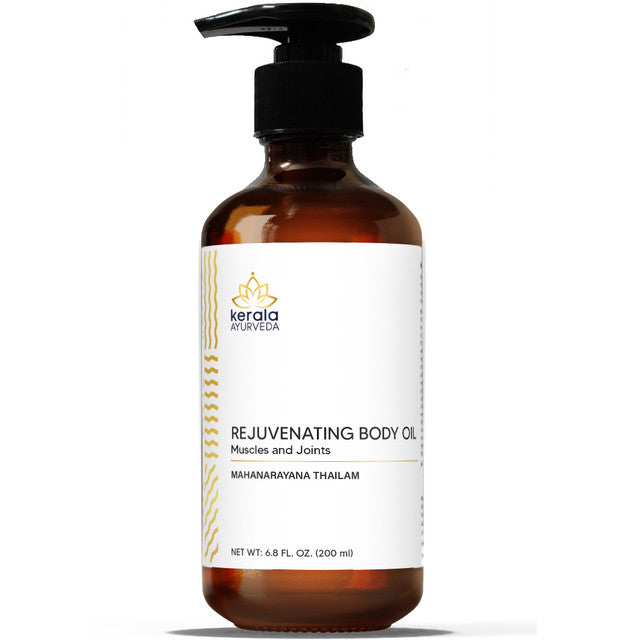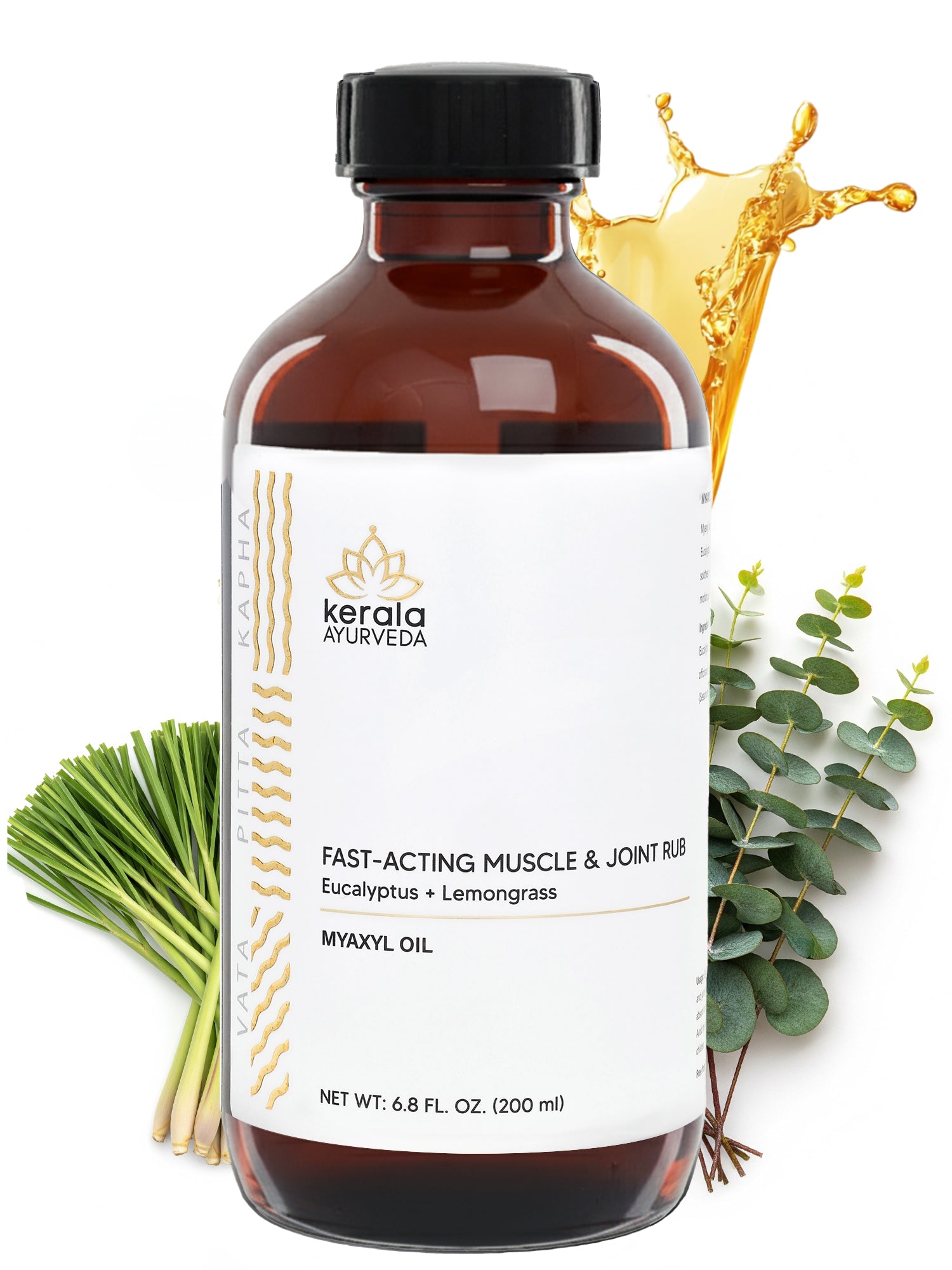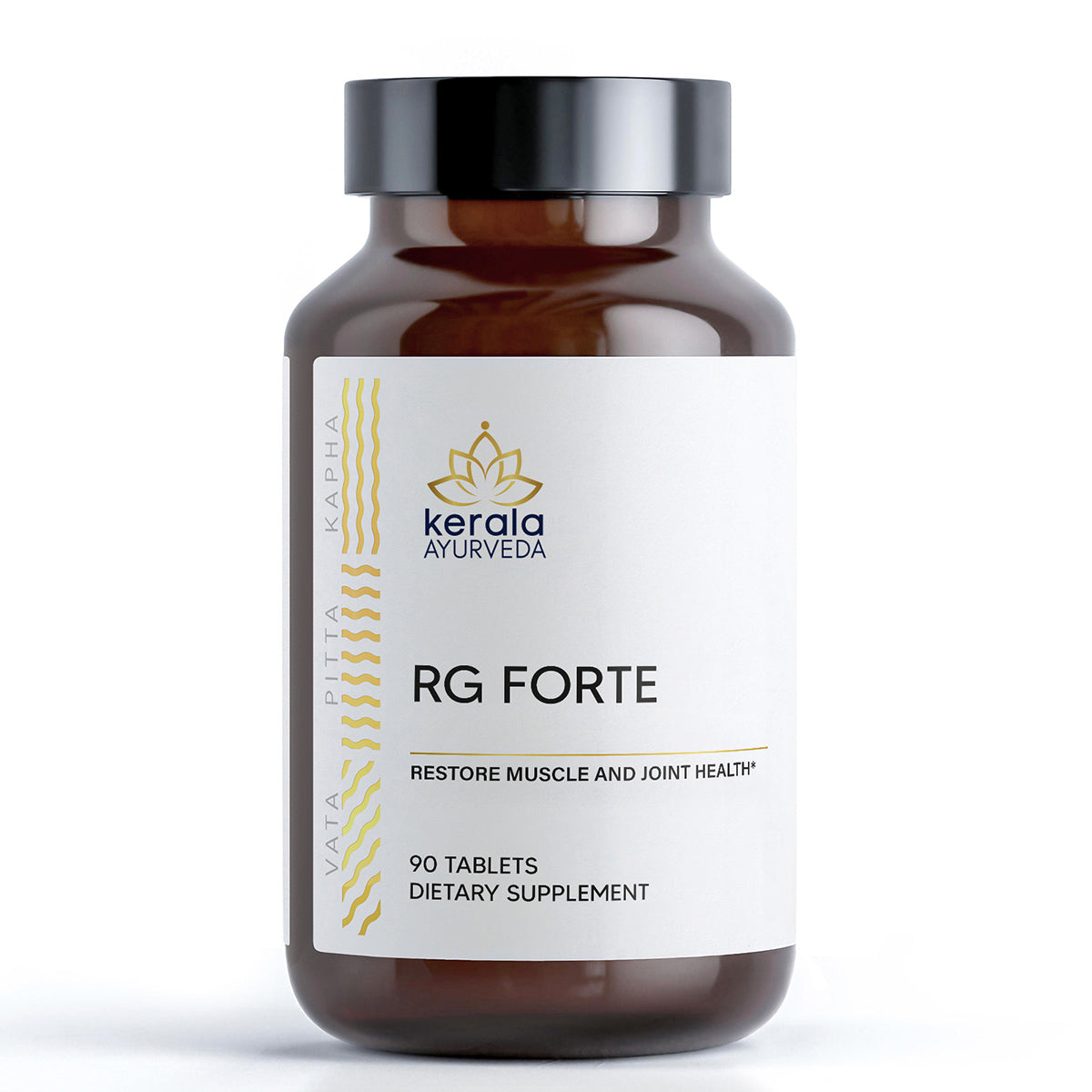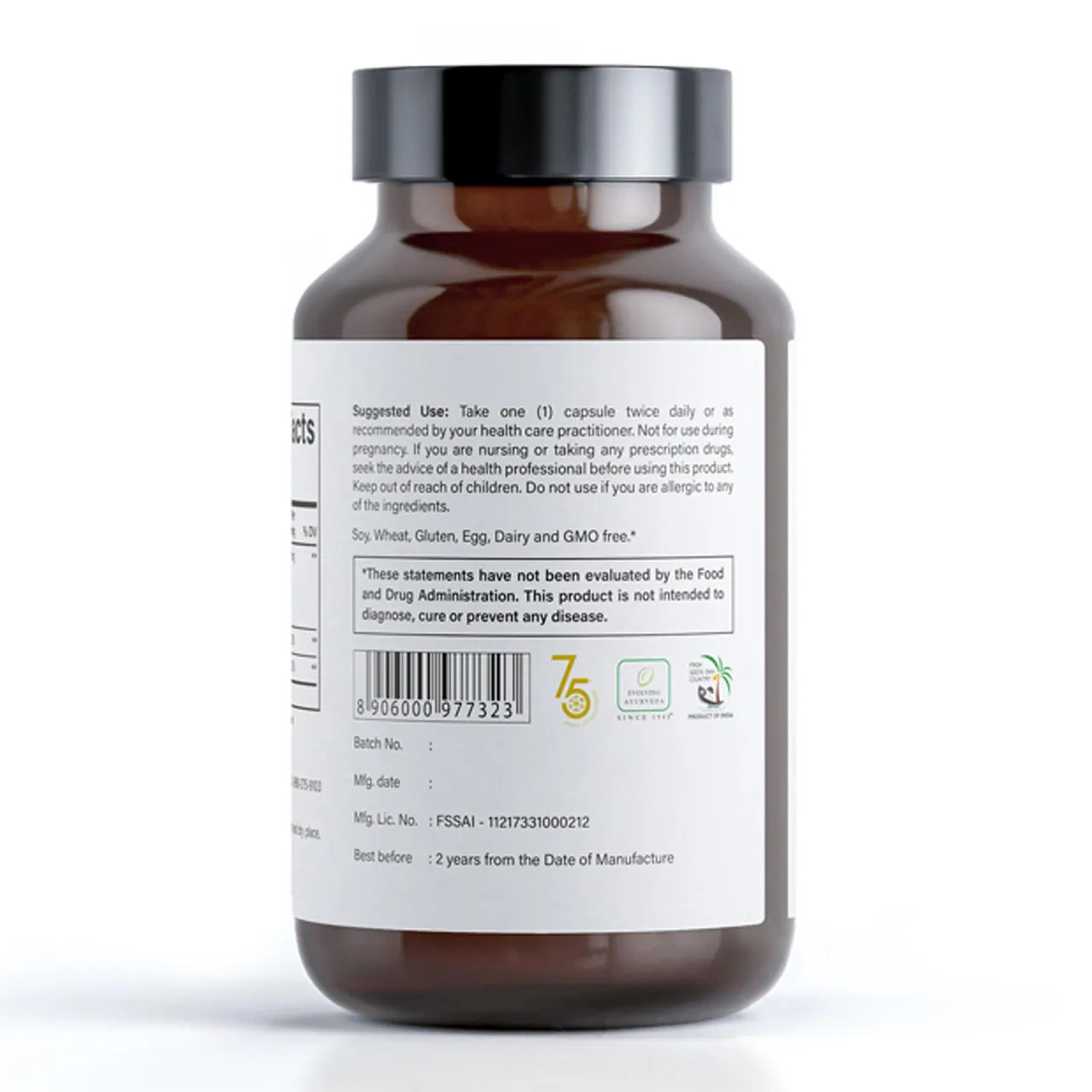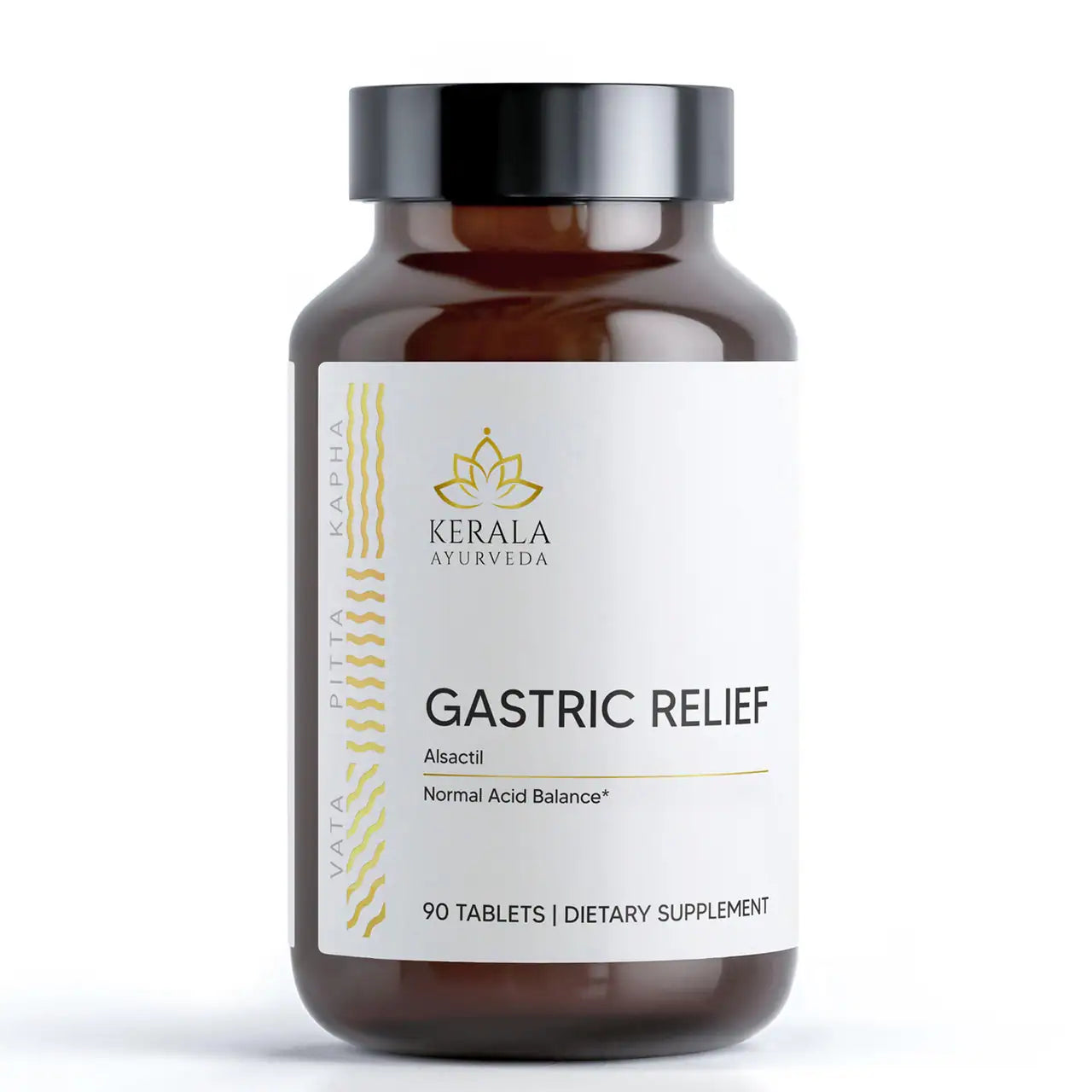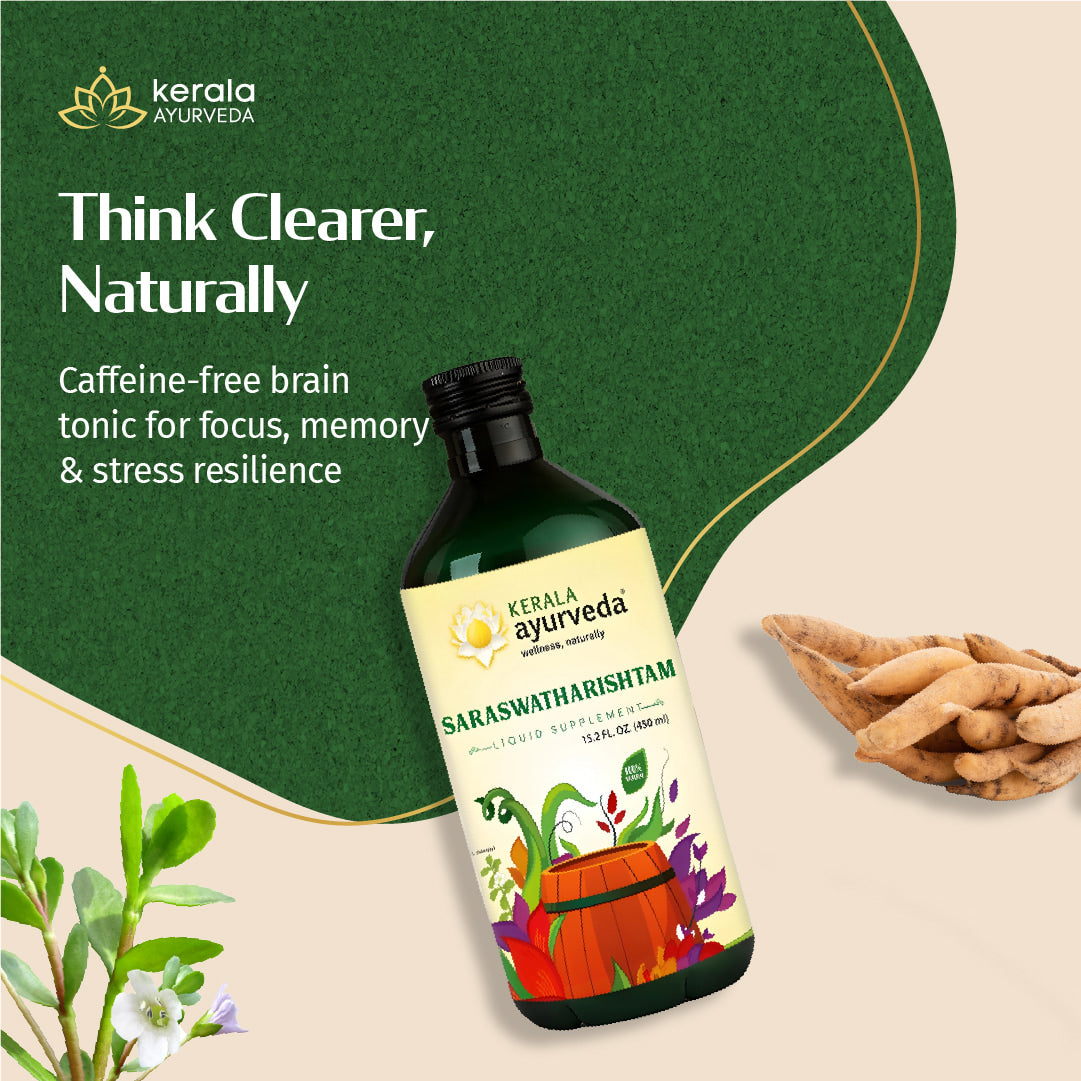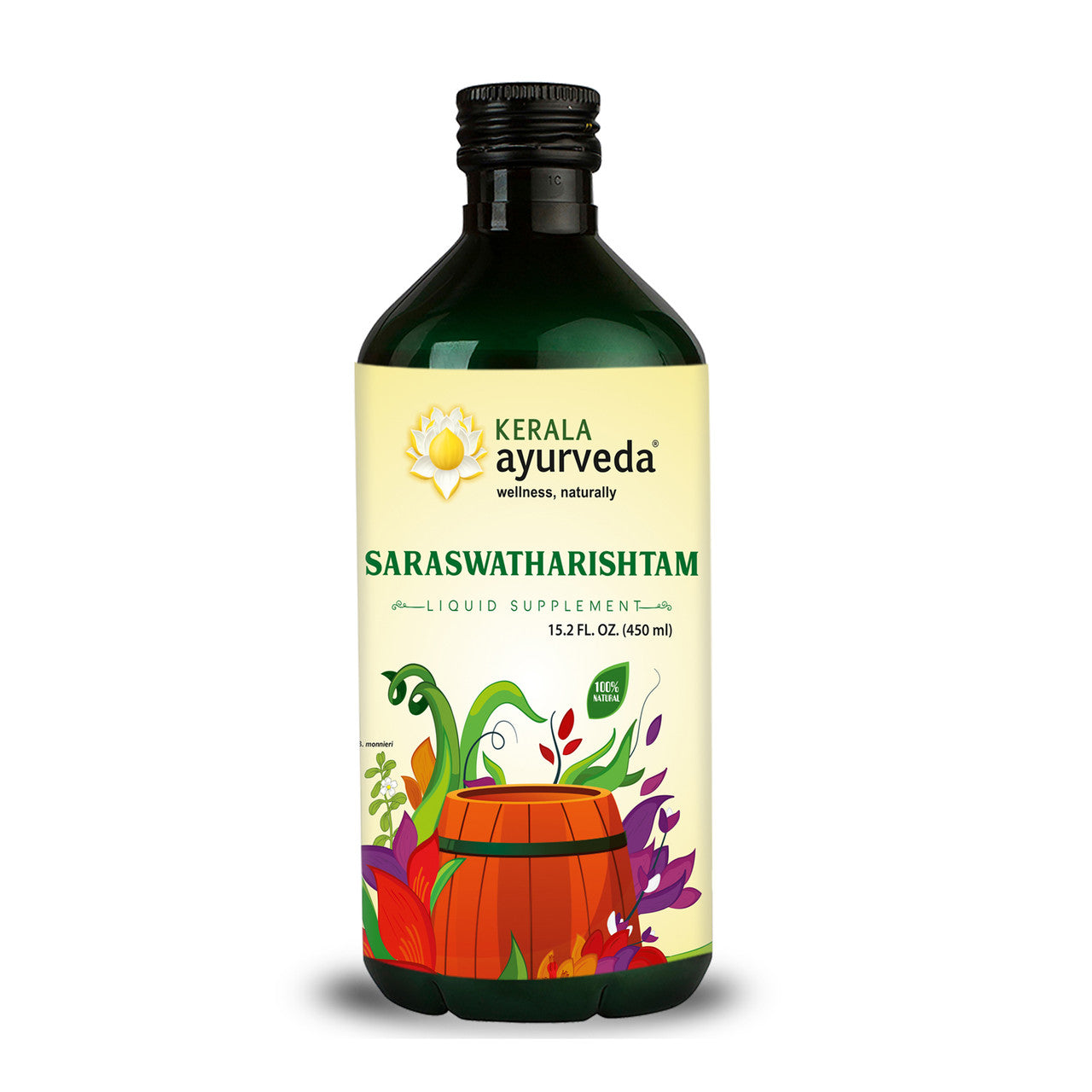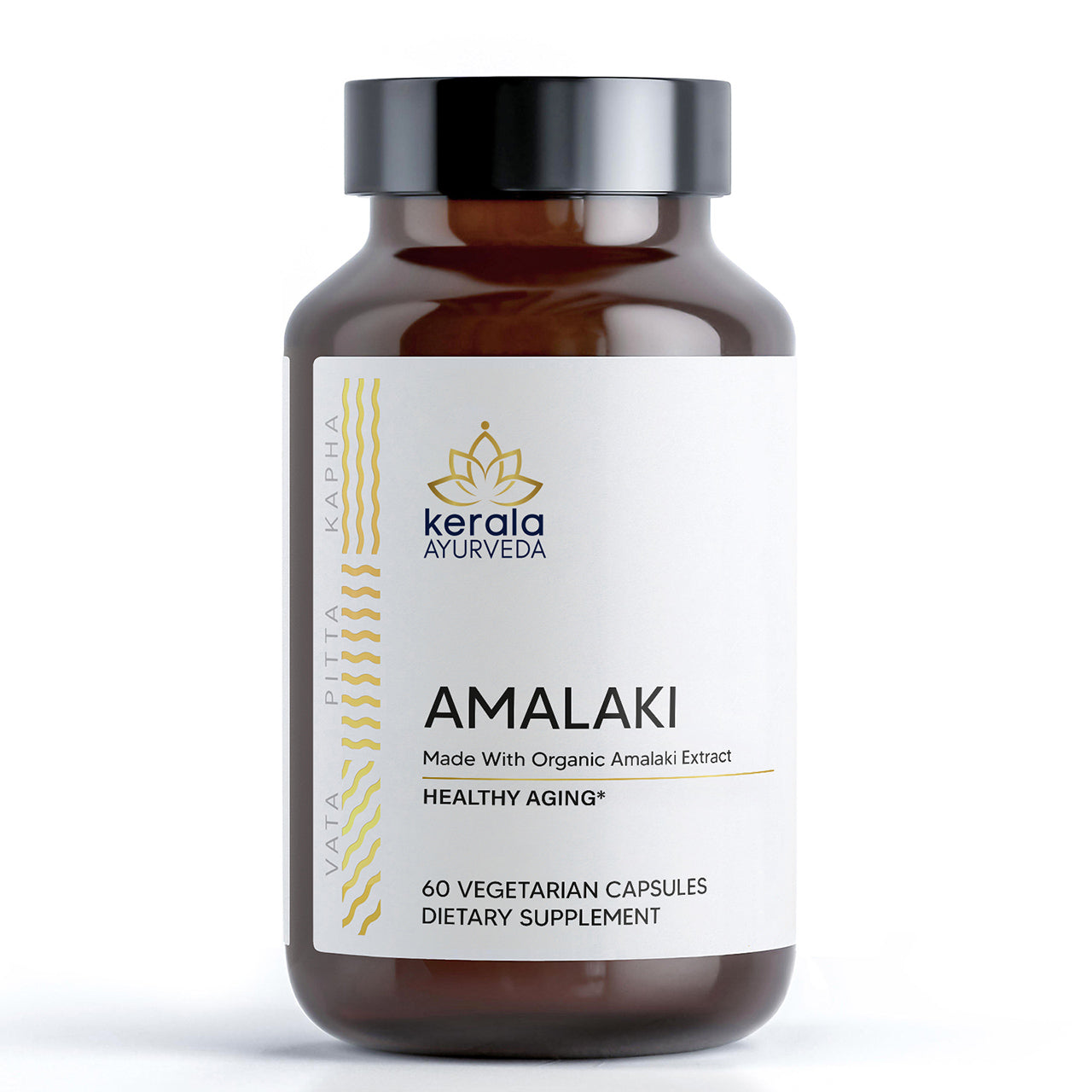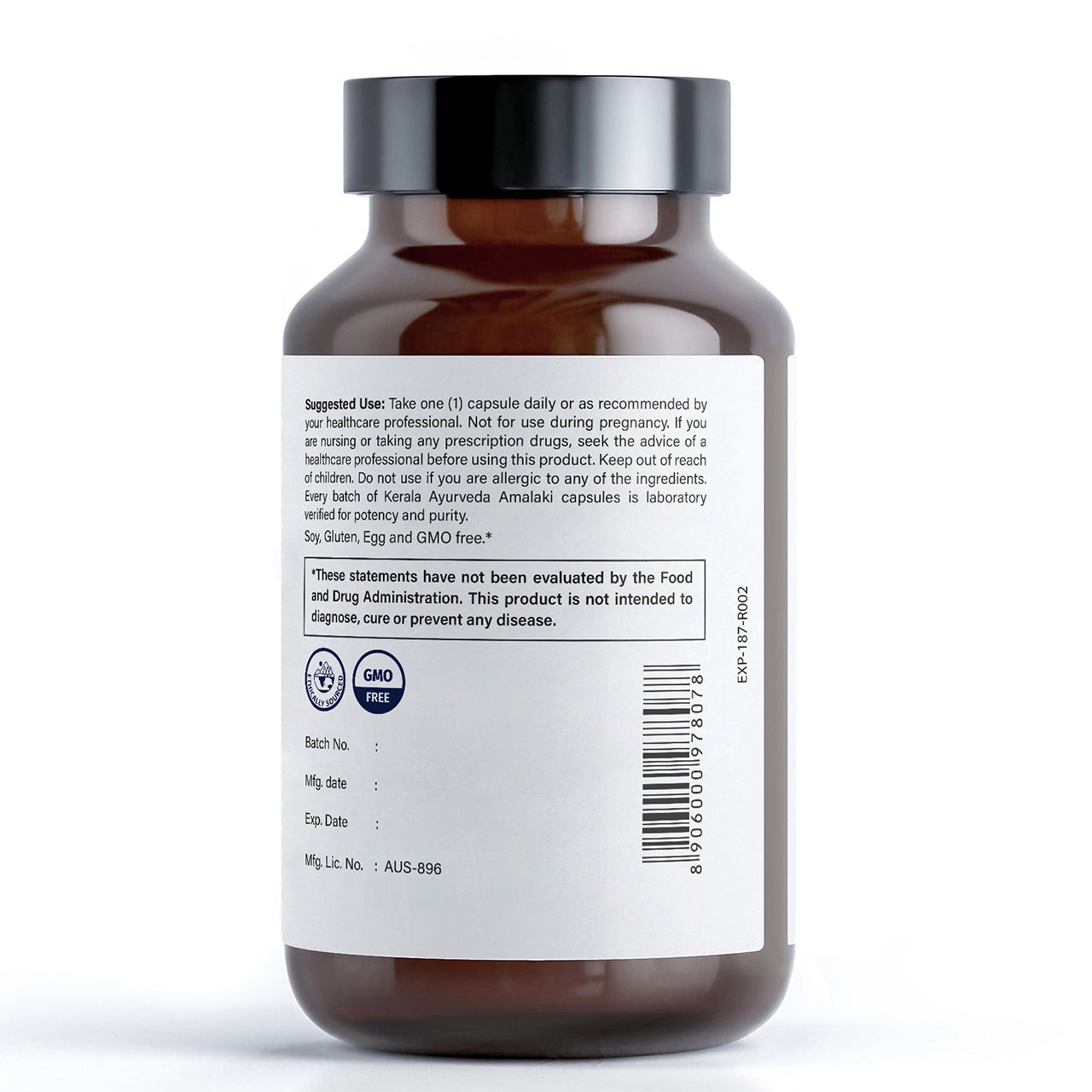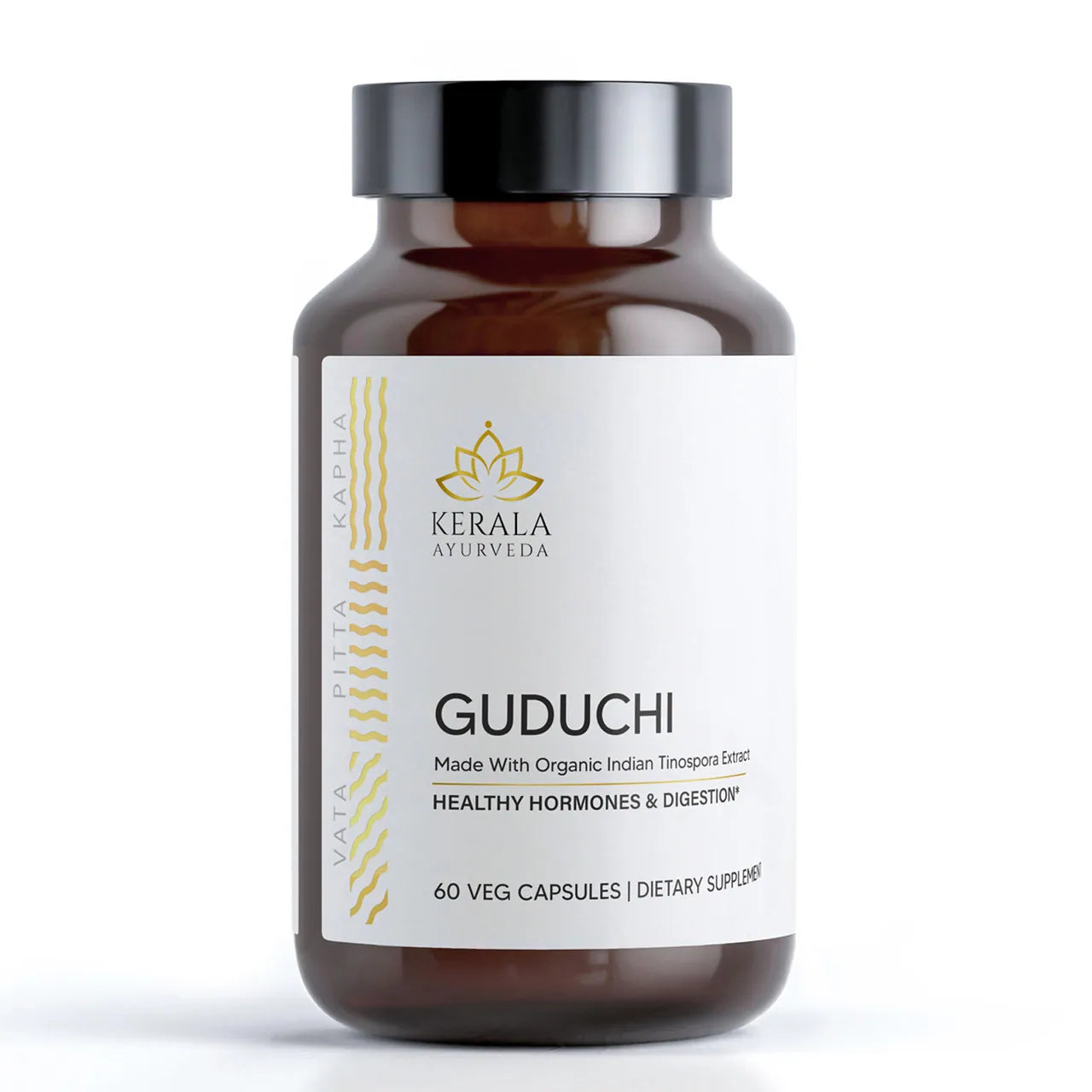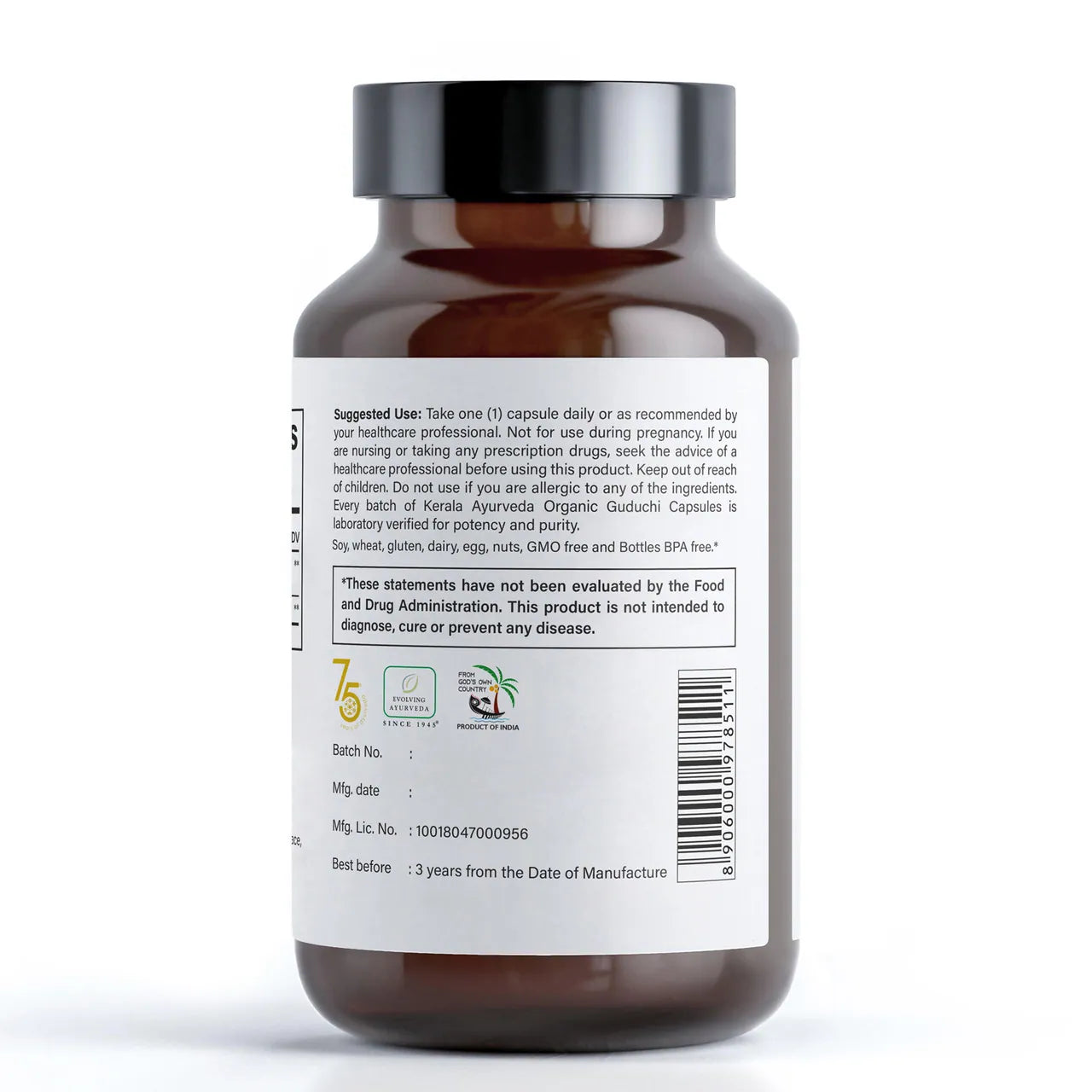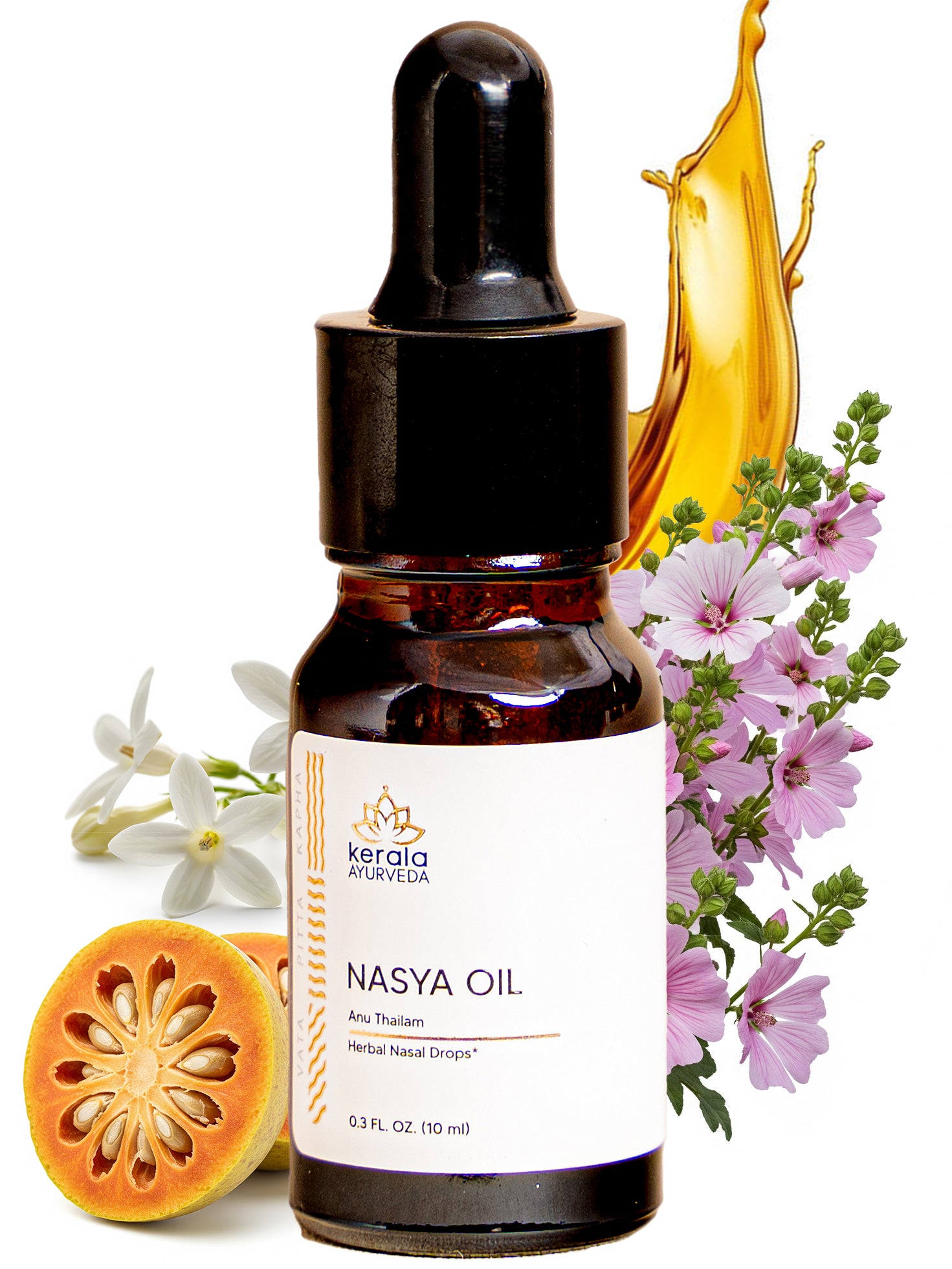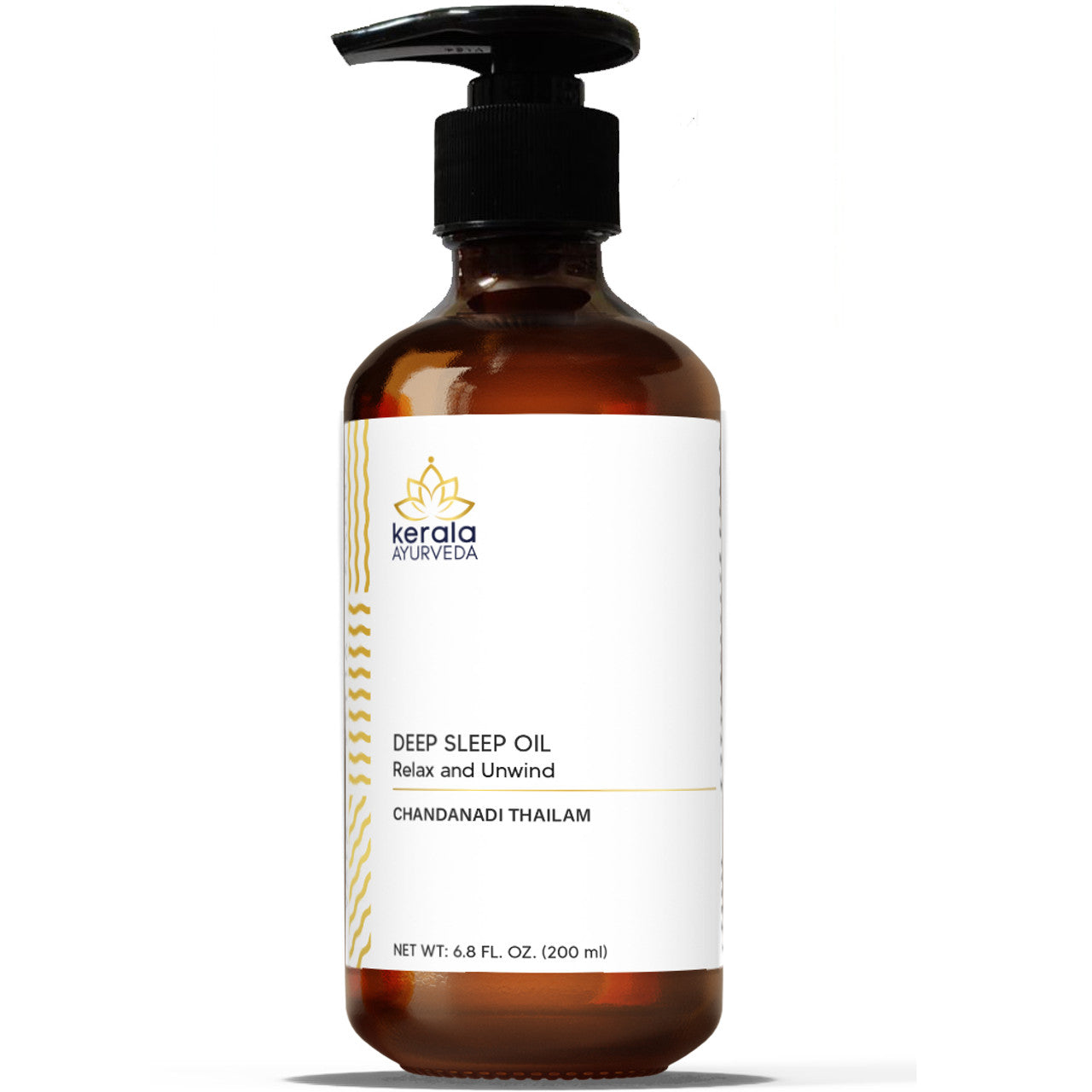Highlights
Understanding Pitta Dosha as one of the fundamental energies that governs all bodily functions and mental processes is key to maintaining lifelong health. In Ayurveda, there are three life force energies: Vata, Pitta, and Kapha. Each one of us has our own unique combination of all three, which determines our unique constitution, tendencies, and responses to our environment.
When our doshas are balanced, you feel healthy, vibrant, and energized. When they become imbalanced, health challenges arise. Understanding your unique dosha composition provides personalized guidance for maintaining health and wellness.
What is Pitta Dosha?

Everything in the universe, including us, is made from five basic elements: earth, water, fire, air, and space. These elements combine to create the three doshas. Vata combines with air and space, Pitta combines with fire and water, and Kapha combines with earth and water.
Pitta dosha is our body's internal fire. When Ayurvedic texts describe Pitta as "that which digests" or "that which heats up," they are describing the transformative power this energy has in our lives.
You are literally a hot-blooded creature. Without heat, there is no life. When your body temperature drops too low, life simply cannot continue. Pitta maintains that essential warmth that keeps every single cell functioning properly.
Pitta transforms our food into energy, your experiences into wisdom, and your thoughts into understanding. During the hot weather months, especially late spring through early fall, Pitta naturally increases in the northern hemisphere and in our bodies. When balanced, you feel energized and sharp. When excessive, you might feel irritable, inflamed, acid indigestion, or feel generally overheated.
What are the Core Functions of Pitta Dosha?
Digestion and Metabolism: Pitta manages transformation at every level, from your digestive tract to individual cells converting nutrients into energy.
Body Temperature: Pitta maintains internal temperature essential for life. As long as your body maintains its heat, it thrives.
Vision and Light: Pitta governs eyesight and photosynthesizes melanin absorption from the sun, which helps protect our skin.
Skin Health and Complexion: Pitta’s digestive fire in the blood connects directly to our skin’s cellular digestive fire offering healthy glowing skin.
Appetite Regulation: Pitta controls hunger, thirst, and appetite signals.
Mental Clarity: Intelligence, courage, and clarity of thought. Pitta burns away mental fog and supports decision-making.
Inflammation Response: Any condition involving increased temperature, inflammation, or fever indicates Pitta involvement.
Cellular Energy Production: Controls how every cell uses nutrients to create energy.
The Foundation of Health: There is an ancient Ayurvedic principle: "All disorders arise due to low digestive strength." When your digestive fire is strong and balanced, your immune system, circulatory system, respiratory system, and energy all function optimally. This is why maintaining balanced Pitta and strong digestive fire is foundational to wellness
Characteristics of Pitta Dosha

Recognizing Pitta's qualities allows us to see them everywhere.
- Hot: Summer sun or warming spices like ginger or turmeric
- Sharp/Intense: Focused intelligence or sharp vision
- Light: easily digestible foods or weather that is dry rather than humid
- Liquid/Flowing: Nutrients or blood circulating our bodies, melting ice
- Mobile: Lightning moving across the sky or acid reflux
- Oily/Unctuous: Oily foods stoke the fire of digestion
- Penetrating: Deep organized thoughts or sun rays that burn
- Foul-smelling: Strong fermenting odors or body odors
Location and Sub-types of Pitta
Pitta concentrates primarily in your core, between your heart and navel. This digestive region houses your stomach, small intestine, pancreas, and other organs that transform food into energy. Your navel is Pitta's primary location, influencing all other Pitta functions. Pitta also resides in our stomach, blood, eyes, and skin.
The Five Sub-types of Pitta
Pachaka Pitta: Located between your stomach and large intestine, governs digestion and food transformation. Composed of all five elements but predominantly fire, Pachaka Pitta serves as the primary controller among all Pitta functions.
Ranjaka Pitta: Located in liver, spleen, and blood it transforms nutritive fluid into blood tissue and provides red color to blood.
Sadhaka Pitta: Located in heart and brain, governs mental functions including intelligence, decision-making, motivation, and emotional stability.
Alochaka Pitta: Located in eyes, enables vision and light perception.
Bhrajaka Pitta: Located throughout skin, controls complexion, skin health, and temperature regulation.
How Pitta Sub-types Function Together
Pitta sub-types operate in constant coordination. Pachaka Pitta influences and regulates all other Pitta functions. When digestive fire is strong, skin glows, mind stays clear, vision remains sharp, and blood stays healthy. When Pachaka Pitta becomes weak or too strong, it affects all other Pitta functions.
Pitta sub-types also coordinate with five Vata and five Kapha sub-types for integrated physiological processes that maintain health. This is also known as homeostasis.
Physical Characteristics of Pitta Constitution

If Pitta dominates your constitution, your body often shows these signs:
Skin and Appearance: Warm skin temperature, reddish tongue/lips/palms/feet, freckles or facial marks, possible yellowish skin tinge, tender body parts
Hair and Nails: Soft, fine hair, early graying or thinning, coppery-red nails, less dense body hair
Body Functions: Strong hunger and thirst, increased sweating and elimination, discomfort with heat and spicy foods, flexible joints, difficulty missing meals
Eyes and Senses: Coppery-red tint, burning or sensitivity, bothered by bright lights and visual overwhelm
Signs of Balanced Versus Imbalanced Pitta
Balanced Pitta Signs:
- Efficient, strong digestion
- Sharp, focused mind
- Natural leadership abilities
- Healthy competitive spirit
- Glowing skin
- Strong, regular appetite
- Courage and determination
- Natural organizational skills
Increased Imbalanced Pitta Symptoms:
- Irritability, anger, impatience
- Heartburn, acid reflux, burning stomach
- Skin inflammation, rashes, acne
- Irritable when meals are delayed
- Criticism and perfectionism
- Premature graying or hair loss
- Heat and light sensitivity
- Loose stools, diarrhea
- Yellow tints in skin, eyes, urine
- Excessive thirst and sweating
- Insomnia, restlessness
- Burning sensations
- Sour or bitter mouth taste

Decreased Imbalanced Pitta Symptoms:
- Weak, sluggish digestion
- Feeling cold constantly
- Poor appetite
- Dull complexion
- Mental fog, poor focus
- Craving spicy, sour, hot foods
- Low energy and motivation
What Causes Pitta to Increase or Decrease?
- Hot, humid climates or heated environments
- Excessive spicy, sour, salty foods
- Chilies, fermented foods, alcohol
- Skipping meals or irregular eating
- Overworking, constant competition
- Excessive sun or heat exposure
- Chronic anger and stress
- Chemical or acidic substance exposure
- Patterns of criticism or perfectionism
How to Balance Pitta

Diet Guidelines:
Focus on cooling: Notice when too much heat affects your energy.
Favor: Cool, fresh, hydrating foods with sweet, bitter, and astringent tastes. These naturally counteract Pitta's hot, sharp nature.
Include: Cooling herbs (cilantro, mint, fennel), ghee, milk, naturally sweet foods, cool water, coconut water, herbal teas
Avoid: Heating foods (garlic, chilies, alcohol), eating too much or eating too quickly
Specific Cooling Foods:
- Fruits: Sweet grapes, sweet apples, dates, watermelon, coconut, cucumber
- Vegetables: Asparagus, beet root, carrots, leafy greens, sweet potatoes, pumpkin
- Grains: Basmati rice, barley, oats
- Legumes: Mung beans, mung dal, white beans
- Dairy: Ghee, cow milk, soft cheeses
- Nuts/Seeds: Almonds, walnuts, pumpkin seeds
- Spices: Coriander, fennel, rose petals
- Foods to Avoid: Unripe mangoes or sour fruits, fermented foods, fried foods

Lifestyle Recommendations:
- Stay cool during peak heat, avoid midday sun
- Choose calming activities: swimming, walks in nature, gentle yoga
- Practice cooling pranayama
- Maintain work-life balance, avoid overcommitting
- Spend time near water and in nature
- Keep living space cool and well-ventilated
- Choose calming cooling colors, light green, blue, or white
- Wake before sunrise when possible
- Use hats/umbrellas in direct sunlight
- Enjoy moonlight exposure and cool evening breezes
- Spend time in naturally cool, elevated places

Self-Care Practices:
- Daily oil massage with cooling oils (coconut-based)
- Cool or lukewarm shower or baths
- Use cucumber slices or rose water to soothe the eyes
- Apply cooling herbal creams with aloe vera, jasmine or rose
- Wear cooling gemstones or pearls
- Practice oil pulling with coconut oil
- Use gentle, cooling perfumes
- Apply cooling water hydrosols like rose or vetiver
- Choose cooling natural fabrics, linen, cotton, merino wool
Mental Health Support:
- Practice gratitude and thoughts of happiness
- Give others space to express opinions
- Cultivate listening skills and friendly communication
- Practice patience, avoid being argumentative
- Create positive mental environment
- Choose calming, uplifting entertainment
- Surround yourself with supportive people
- Engage in calming rather than competitive activities
Managing Excessive Digestive Fire (Tikshna Agni)

Pitta types often have intense digestive fire that can become overly active and imbalanced:
Signs of Excessive Fire:
- Constant intense hunger
- Rapid digestion, loose stools
- Cranky or irritable when meals are delayed
- Hyperacidity, acid reflux
How to Calm Excessive Digestive Fire:
- Professional therapeutic purgation (Virechana) for severe cases
- Cooling foods (raisins, pomegranate, sweet fruits) for mild cases
- Cook with ghee to balance and cool digestion
- Never delay meals when hungry
- Choose cooling foods that do not fire up digestion
Pitta and Natural Rhythms
Daily Cycles: Pitta peaks at midday (10 AM-2 PM) when digestion is strongest. Eat your largest meal during this time.
Seasonal Patterns: Pitta accumulates during summer season, becomes aggravated in autumn, naturally pacifies in early winter. Autumn requires the most careful Pitta management.
Life Stages: Pitta dominates middle age (16-50 years), the time of greatest productivity and when Pitta-related burnout is most likely.
Pitta and Blood Health: are intimately connected. Most blood disorders stem from Pitta imbalances since Ranjaka Pitta transforms nutritive fluid into blood tissue. Pitta imbalances commonly manifest in stomach, intestines, skin, blood-related conditions, eyes, and inflammatory diseases.
Professional Ayurvedic Therapies

External Therapies:
Under professional Ayurvedic guidance these therapies are administered.
- Abhyanga (cooling oil massage)
- Shirodhara (herbal oil or milk pouring)
- Cooling herbal paste applications
- Therapeutic purgation with cooling medicines
- Cooling water therapies
- Inhalation therapy for Pitta-related headaches
Internal Therapies:
Under professional Ayurvedic guidance these therapies are administered.
- Virechana (therapeutic purgation targeting small intestine)
-
Snehapana (internal oleation with herbal ghee)
Ayurvedic Herbal Products for Pitta Balance

Digestive Support: Active Digest (Trikatu) helps increase digestive fire, Gastric Relief (Alsactil) helps reduce acidity caused by increased digestive fire.
Mental Clarity: Saraswatharishtam helps calm the mind while offering mental clarity with a cooling effect.
General Cooling: Amalaki is naturally cooling and rejuvenating, Guduchi supports digestion and liver balance and rejuvenation.
Specialized Applications: Anu Taila is a head-clearing nasal oil, Deep Sleep Oil (Chandanadi Thailam) is a cooling massage oil that helps improve sounder sleep.
Daily Use: Regular use of ghee helps balance Pitta digestion as it is cooling.
Is Your Constitution Pitta Dominant?

You might be predominantly Pitta if you have:
- Medium build with good muscle tone
- Easily gain or lose weight
- Fine, straight hair and warm skin
- Strong appetite, irritable when hungry
- Naturally, high hunger and thirst
- Organized, focused, goal-oriented nature
- Strong leadership and competitive qualities
- Prominent intelligence, courage, valor
- Articulate, confident communication
- Preference for cooler climates, dislike of heat
Embracing Your Pitta Nature
Your natural intelligence, leadership ability, and transformative power are incredible gifts. The goal is not to suppress your inner fire, but to channel it wisely. Rather than eliminating natural intensity, learn to direct energy skillfully.
Your Pitta nature enables clear vision, confident decision-making, transformation of challenges into opportunities, and positive leadership. Maintain balance through appropriate diet, exercise, and lifestyle choices that support rather than overwhelm your natural fire.
Understanding your Pitta constitution involves recognizing and working with one of the most powerful transformational forces. Pitta is your inner transformer, converting food into nourishment, experiences into wisdom, and challenges into growth.
By recognizing Pitta's qualities in yourself and understanding their daily manifestations, you can make informed choices supporting your wellbeing. Small, consistent adjustments to diet and lifestyle often yield the most dramatic results, especially when working with Pitta's naturally organized nature.
Consult an Ayurvedic Practitioner
If you are struggling with increased or decreased Pitta symptoms, you do not have to figure this out alone. An Ayurvedic consultation offers complete personalization to your unique constitution and current state of imbalance.
If you're ready to discover your unique constitution and receive personalized guidance, schedule an Ayurvedic Wellness Consultation today and begin your journey toward balanced health that works for your individual body and life.

Start your healing journey today and discover why Ayurvedic Health and Wellness has remained the cornerstone for strong health for thousands of years. Consult with a qualified healthcare practitioner before beginning any new wellness routine, especially if you have existing health conditions.





